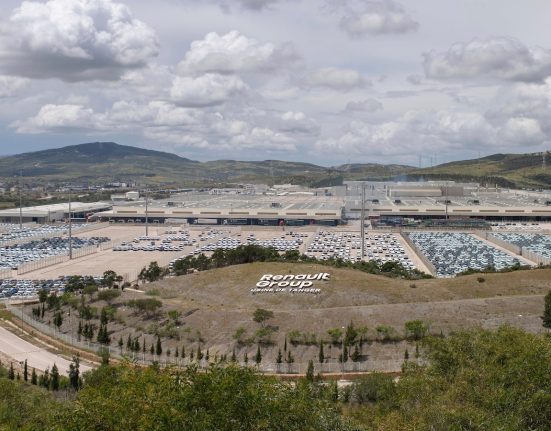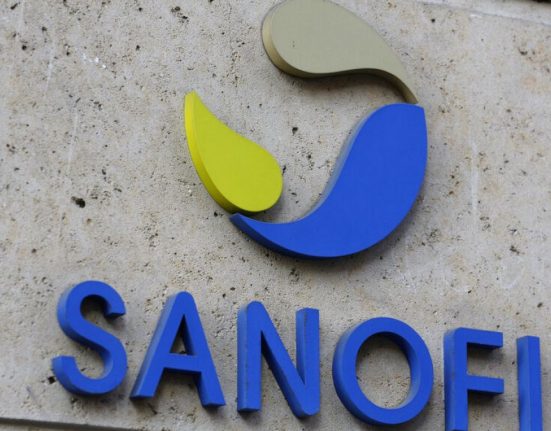Martin Kidston
(Missoula Current) Citing an administrative burden and a cumbersome scoring system, Missoula County may change how it distributes funding from Montana’s alcohol tax to local providers who offer treatment and prevention services.
The funding is generated from the sale of alcohol and distributed by the state to the county. The county in turn distributes the funding to service providers who are licensed by the state.
But local health officials said the number of qualifying agencies has grown and scoring them based on their application has proven to be both cumbersome and difficult.
“This year, we’re really evaluating our workload with the hopes of being able to move to being a department that’s able to provide coordinated and more comprehensive services for county departments,” said Cindy Farr. “We’re trying to carve out capacity where we’re able to, and this is one source of funding where we can do more streamlining and open up more staff time.”
Farr, director of the Health Promotion Division at Missoula Public Health, said that 10 years ago, the program had just one or to eligible local agencies licensed to receive the funding. This year, however, that number has grown to seven.
While some agencies have done better when submitting applications to receive the funds, determining what percent of the funding they should receive has always been a challenge, said Farr.
“There isn’t really a great way anyone is doing this. Everyone struggles with this fund,” said Farr. “In essence, the county is really just a pass-through for the state to the service providers. We don’t have any control over who is eligible and what we’d like the money to go to.”
Kayla Talbert, a grants administrator with the county, said that in previous years, the amount of funding directed to any one qualified organization was based on a number of factors, including the quality of their application and how well they’ve met the need in providing care.
The older method treated it as a competitive process, but the county may change that by giving all qualified agencies an equal amount, regardless of their application.
“Every agency submitted would see the same distribution amount, regardless of the quality of their application,” said Talbert. “In the spirit of efficiency, we thought we’d distribute the money equally since the true intent of this fund is really to prop up the agencies in town that are providing a much-need service.”
Distributing the funding equally would provide some organizations with more and others with less. Under the proposal, the All Nations Health Center, Cedar Creek and Western Montana Mental Health would see a slight increase.
Alternatively, Talbert said, Crosswinds and Stepping Stones would see less. Two new agencies, including Missoula Public Health and Healing Home Counseling, would also receive money under the seven-way split.
While commissioners expressed some support for the proposed change, they also had concerns. If the number of providers continues to grow, the funding could become minimal if split evenly across all qualified providers.
“If you give 10 organizations a small amount of money, nothing changes and nothing happens. But if you give more to one or two, actual change happens on the ground,” said Commissioner Josh Slotnick. “If we end up with the money spread so thinly then it doesn’t matter. It’s like finding a dollar on the sidewalk.”
Commissioners also expressed concern over the application process, saying that an equal split rewards those providers who don’t take the time to submit a quality application while punishing those that do.
But Farr said the quality of the proposal shouldn’t be that important.
“The state has already said they’re eligible for funding,” Farr said. “If you’re providing prevention and treatment services but don’t have a grant writer on staff, should you be penalized and receive less to perform those services, or should we say this is the pool of people providing services in the community, and we should support them with funding?”
The amount of funding provided to the county through the alcohol tax varies from year to year but averages around $250,000, Farr said. The funding increased during Covid, representing an increase in alcohol consumption.
While this year’s pot of funding hasn’t been pinned down, Farr said providing the revenue equally could benefit the providers.
“This proposal provides consistency to the agencies eligible for funding,” she said. “There have been leaps in percentages over the years, so there’s no consistency for providers. This will also streamline their administrative burden.”







